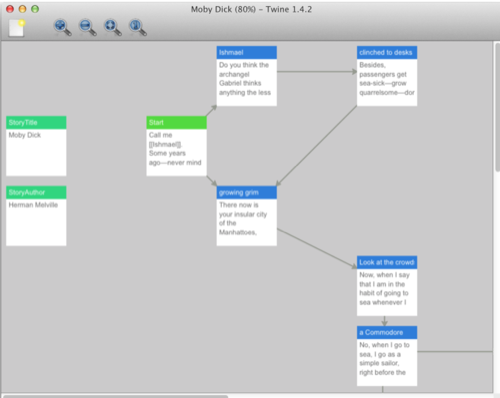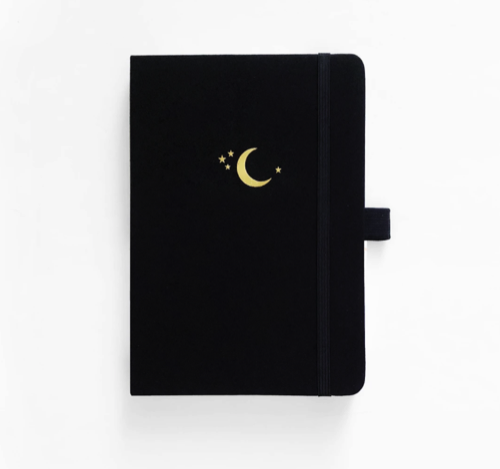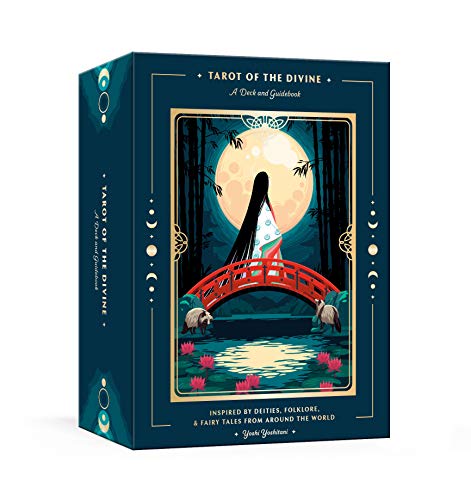Sam Maggs, Video Games and Comics Writer

Cool Tools Show 250: Sam Maggs
Our guest this week is Sam Maggs. Sam is a best-selling author of books, including The Unstoppable Wasp: Built on Hope, Conquest, and Tell No Tales, as well as comics, including Marvel Action, Captain Marvel, My Little Pony, and Transformers, and video games as well, like Marvel’s Spider-Man and Ratchet & Clank. She’s also an on-air host for networks like Nerdist. You can find her on Twitter and Instagram @sammaggs. Her new books The Fangirl’s Guide to the Universe and The Fangirl’s Journal for Leveling Up were just released this week.
Subscribe to the Cool Tools Show on iTunes | RSS | Transcript | See all the Cool Tools Show posts on a single page
Show notes:

Twine, a free online game writing tool
My day job is writing for video games, which is super fun, and people always ask me how they can get into it. I always recommend using this tool, it’s called Twine. You can find it at twinery.org. The great thing about Twine is that you can do it completely in browser, you don’t even have to download anything, and it allows you to make your own text-based, essentially, choose-your-own-adventure style video games, or like old DOS games. It’s incredibly easy to learn. There’s a whole tutorial system and Wiki right on the tools, so it’s very simple for folks. Even if you have little to no knowledge of like HTML or coding or tagging or anything, you can pick it up super fast, and then you can publish it for free on a site that they have that hosts all of these so you can have other people play it as well. It’s great to be able to use if you want to kind of add to your portfolio, or if you want to show people your writing, or if you want to be able to say, “I built my own game,” this is a perfect way to do it completely for free on your own.

Archer & Olive Bullet Journal ($32)
Instead of a pre-made planner that you buy that has a certain amount of space already blocked off for each day in a calendar month, this journal gives you like three or four lines for every day during the week. It’s freeform so you can organize that calendar however you want by drawing it yourself. So in my bullet journal, at the front, I have a little space for every upcoming month. If I have something coming up in November, I can put it in the November section. Then when November comes around, I make a little month calendar where I can then transfer everything from there into a calendar page. Then every week I make a weekly spread where I take a couple of pages of my bullet journal and I put down all of my days that week, all the things that are going on, so I constantly have a view what’s going on and what’s coming up for me. Then every day I kind of write down, okay, today is Monday, November 1st, and I take the tasks that I have in that weekly spread and put them on this list as well as anything that comes up during that day. So all my meetings, all my writing tasks, any appointments that I have, all of that goes on the page. What’s great about it being freeform is that if you have a Monday that has 67 things that you need to do and a Tuesday that has nothing, you’re not frantically trying to cram in all 67 things into that same amount of space. You have the freedom.

Yoshi Yoshitani’s Tarot of the Divine ($18)
I am a big fan of tarot readings as a tool that you can use in your daily life to kind of guide you in the right direction. If you’re looking for some answers or some guidance, or you need to figure out a problem, or you’re not sure how to take a new approach to something, I like to use tarot cards to help with that. Or even in my writing, if I’m kind of like, what should this character be like? It can be fun to draw a card as an inspiration moment. Most people use a traditional deck, but Yoshi Yoshitani, who is a wonderful comic book artist — she just worked on Zatanna for DC — she’s come out with her own tarot deck, fully illustrated by herself, and a book to go along with it. It’s called the Tarot of the Divine, and what she’s done is each card is modeled after a story from a selection of fables and folktales from cultures all over the world. So The Fool is based on The Little Mermaid, which was from a Danish tale. The Lovers is based on China’s Beauty and the Beast story. The World card is based on the Maori legend of Hinemoa and Tutanekai, which I almost certainly pronounced incorrectly. The suits, which are typically cups, coins, swords, and wands, draw from cultural fables in ancient mythologies, like Japan’s the Crane Wife, Persia’s Aladdin, England’s Jack and the Beanstalk. So you get this amazing tarot deck with this 44-page guide book that tells you not only how to interpret the cards, but also gives you a little background on each of the fables on each of the cards. So it’s pretty cool.

Sḵwálwen’s Mimts’ Hand Sanitizer ($10)
My last pick is a hand sanitizer, because I feel like it’s something that we’re all using a lot of right now. If we’re not, we probably should be. Though it’s no substitute for washing your hands, but still it can be good when you’re out and about, on the run. What I love about this hand sanitizer by Skwalwen is that it was developed by a woman called Leigh Joseph, and she is part of the Squamish Nation, an indigenous first nation’s person in Canada. She actually has a master’s degree in science from the University of Victoria, and she is using her master’s degree for her company Skwalwen Botanicals to look at natural elements and reconnecting to her ancestral Squamish lands and traditions, and combining those two things together to make a line of skincare, essentially, which includes this awesome hand sanitizer called Mimts. What’s great about Mimts is that it is, of course, made with 99% isopropyl alcohol, which is a hand sanitizer, but then she combines it with usnea lichen, which is antibacterial and antimicrobial, and also Labrador tea, which is Canadian witch-hazel and lavender eucalyptus and sage essential oil. So she’s basically combining the traditions of the Squamish Nation with real science to make a great hand sanitizer. We’re all buying sanitizer anyway. I feel as though it is a much better choice to support an indigenous women’s small business than to just give our money to more big corporations. If we’re going to buy it anyway, we might as well make a smart purchasing decision if we have to exist within capitalism.
About The Fangirl’s Guide to the Universe and The Fangirl’s Journal for Leveling Up:
Back in 2015, my first book ever published was called “The Fangirl’s Guide to the Galaxy: A Handbook for Girl Geeks”. It was basically a handbook for getting girls into geek culture. So if you wanted to get into comics, or video games, sci-fi, it was kind of a how-to guide. If you already liked those things, it was a great way to tell you how to go to your first convention, how to meet like-minded people online or in-person, how to incorporate feminism into your fandom. With the “Fangirl’s Guide to the Universe” coming out on October 27th, I’ve actually been able to put together a second edition of Fangirl’s Guide. So it’s fully updated for 2020. It has all new art by Kat Goodloe. She’s wonderful. We’ve got all new references in there, all new interviews with awesome female creators in the nerd industry, and the same day it’s coming out with its own companion guided journal called the “Fangirl’s Journal for Leveling Up”. So you can, kind of like my bullet journal, use this journal to write down your own experiences with fandom. It’s fully guided, also fully-illustrated by Kat Goodloe, it matches the guide, and you can kind of personalize it and use it to make notes and think hard about your own journey into fandom and feminism and what that means for you.
We have hired professional editors to help create our weekly podcasts and video reviews. So far, Cool Tools listeners have pledged $390 a month. Please consider supporting us on Patreon. We have great rewards for people who contribute! If you would like to make a one-time donation, you can do so using this link: https://paypal.me/cooltools.– MF
10/30/20








